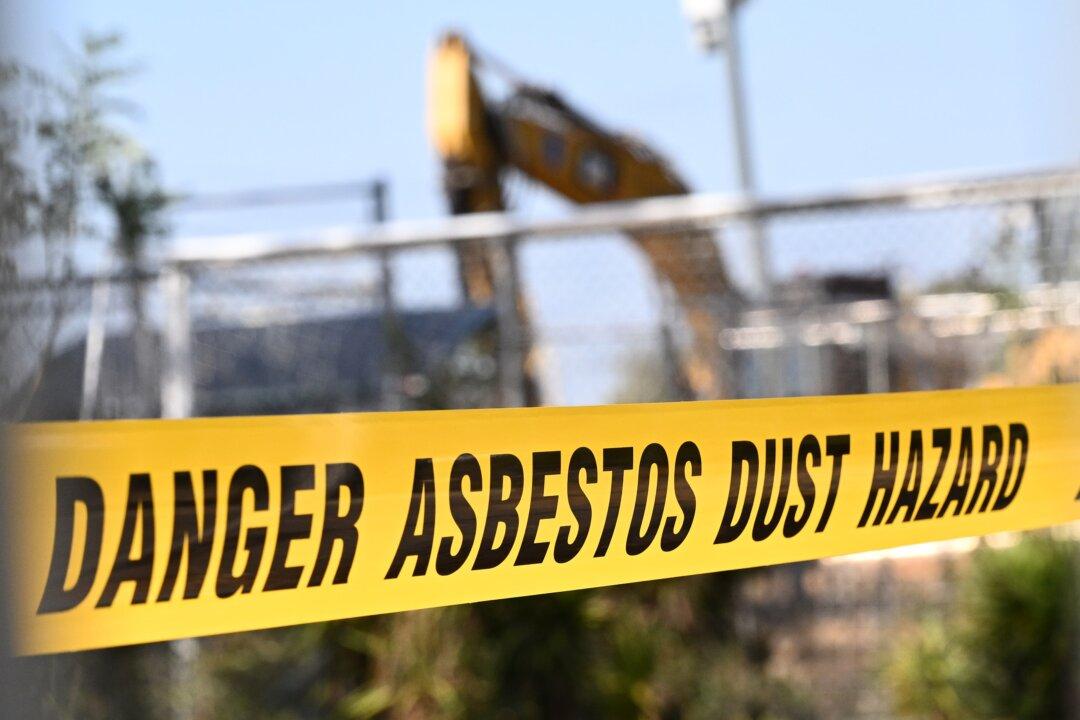A new analysis highlights the severe impact of rent inflation on Australians living in capital cities.
The report from Everybody’s Home, based on SQM Research data, reveals that renters in major cities are now paying $14,700 (US$9,900) more annually for houses, and close to $9,600 more for units compared to January 2020.





